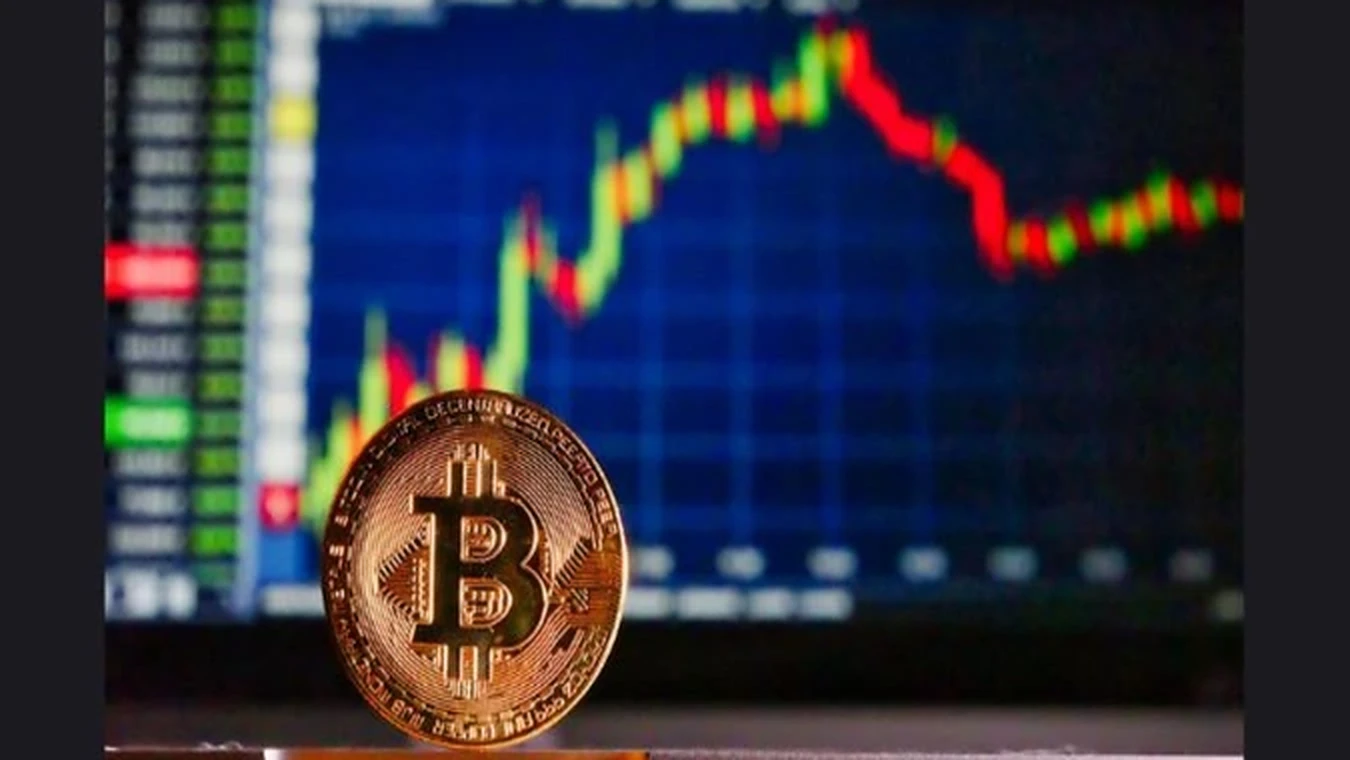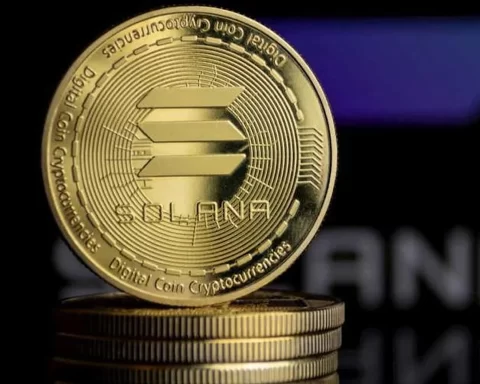The determination of prices in any market, whether it’s for goods or financial assets, relies on the interplay between supply and demand.
When there is a scarcity of a product like tomatoes due to a flood, the price at the supermarket will naturally be higher, assuming the demand remains the same.
Similarly, if there is a fixed supply of tomatoes but an increased number of people wanting to buy them, the price will also rise.
In the financial market, the price of a mutual fund is unaffected by demand if the supply is unlimited.
In such cases, additional shares are simply issued at the net asset value (NAV) of the fund, which represents its true value based on its assets.
However, if the available shares are limited, the price will fluctuate based on the uneven supply and demand.
In such situations, the price may deviate from its intrinsic value, especially when an asset is in high demand.
Estimating the correct price of an asset can be challenging. In 2021, the author published data attempting to estimate the fair value price of Bitcoin.
By analyzing the number of wallets in circulation and the average amount held in each wallet, the author derived an estimation of Bitcoin’s capitalization and price.
READ MORE: United States DoJ Moves $299 Million Worth of Bitcoin in Recent Transactions
The transparency provided by the blockchain technology enables the collection of reliable information, such as tracking the number of Bitcoin addresses with non-zero balances.
The graph illustrating the average amount in wallets fluctuates due to supply and demand factors.
By considering the 90th and 10th percentiles, a range can be established to estimate Bitcoin’s price.
This approach, although simple, proves effective due to the large numbers involved and a complete price cycle analysis.
Additionally, certain market phenomena provide insights into Bitcoin’s potential price appreciation.
For example, during the last days of a crypto winter, there is often an increase in withdrawals from crypto exchanges and a decrease in balances held on centralized platforms.
This indicates a preference for long-term Bitcoin holdings, signaling bullish sentiment and contributing to cyclical price appreciation.
Based on this model, the data suggests that Bitcoin could reach its next ceiling in autumn 2025, potentially exceeding $130,000.
It is crucial to emphasize that this forecast should not be considered financial advice, but rather an expected value based on certain assumptions with a degree of confidence.
Other predictive models also support similar price growth estimates.
The growing interest in the asset class from institutional players like BlackRock further suggests a level of faith in these models, as evidenced by their pursuit of approval for a spot Bitcoin exchange-traded fund.
Other Stories:
Elon Musk Launches xAI: A New Venture to Unravel the Mysteries of the Universe
Bitcoin ETF Approval Could Act as Government’s ‘Seal of Approval’




